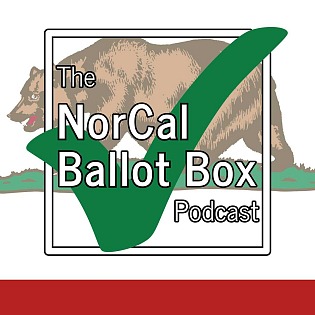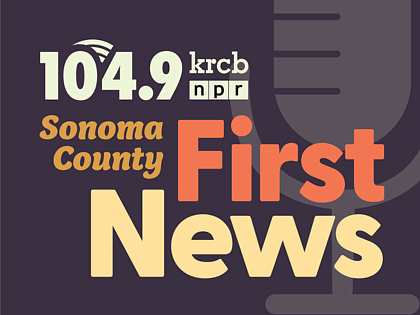[For example,] three-year grads came and went, [and] the inadequate staffing that the schools were able to muster without funding source always kept us from having the kind of social-emotional support for young people that would prevent the kinds of tragedies like suicides and other things that needed treatment.
So our dream over the years was to figure out a way to put sustainable mental health support, in partnership with the medical system, in our schools … to create a system by which we can put clinicians in the schools and reimburse the services of the clinicians through the regular medical system, Meaning Medi-Cal for those that were eligible for that, and ultimately we will be looking at the private medical plans as well.
Now the second goal, though, was really to help turn the schools into what we call “centers of wellness” because everybody is familiar with treatment.
But we shouldn’t be focused on treatment, we should be focused on prevention, and we should be focused on every person in a school building having a feel for how we can best meet the mental health needs of young people up front, not after they’re already suffering.
On why the program will use medical reimbursements instead of grants
Gordon: Medical reimbursements are sustainable over time. In other words, that’s part of what your medical plan should provide support for young people, and the young people shouldn’t have to go down to an appointment somewhere if that’s not the best way to serve them.
The school is a great partner because families trust the schools, the schools are in their neighborhoods, so I think it’s a win-win on all sides.
About 60-something percent of families are on MediCal in the county, so that’s a large number of our families in the schools. We have 245,000 or so students in the county. And the health plans, it’s not easy to generate reimbursement.
On how many schools are currently participating in the program
Gordon: We have clinicians in around 20 schools throughout the county, and people ask me, “well, there’s 300-odd schools. How are you going to get to 300-odd schools?”
And my answer is, “well, one at a time.” I think the value of the program will speak for itself over time … I really give a shout out to [Dr. Christopher Williams] and these pioneer clinicians who are doing a marvelous job basically inventing this program as they fly the plane.
On what SCOE is looking for when hiring clinicians
Williams: I’ve been asked this question a couple of times, and the first thing that comes to mind is people who have that entrepreneurial spirit — people who are willing to sit in the unknown, people who are willing to take risks for trial and error.
And there’s almost like a sense of you having to be willing to fail. You have to be willing to try things, understand that it didn’t work and then try something new the next day. And the folks that we’ve hired, I’ve said this a couple of times, if I did anything right last year, it was hiring the right people.
We have a group of clinicians who … excel not only at their clinical skills, but at their ability to develop relationships with adults to really understand systems and the systems of the schools, and the systems of the communities in which they serve and how to really intervene at a systems level, as well as at that individual level.
On how the program plans to work with chronically absent students
Williams: No easy answers, right? … I think one of the critical components of this program, in addition to having clinicians on school sites, is we’re developing what we call “coordination of services,” “teams,” or “cost teams” at each site.
And those cost teams are made up of our clinicians, but also school administrators, teachers counselors. It’s … a multidisciplinary team.
What we’re trying to suggest to the school is don’t send referrals to clinicians, center referrals to this coordination of services team.
And in some respect, it should be similar [to how] all adults in schools are mandated reporters. The law is that you don’t have to have evidence of child abuse or maltreatment — you have to have a suspicion of child abuse or maltreatment to make a referral to Child Protective Services.
We want to kind of further that analogy a little bit to say that you don’t need to know that a child is suffering from mental illness. You need to have a suspicion that something is going on and that needs a little extra support.
When you have that suspicion, make the referral … to this team that can then devote time and resources to investigating, to engaging with the young person, to engaging with the family and to discovering what’s going on and how we can develop an intervention …
We have to recognize that student behavior is indicative of something else. Student behavior is not the problem. We have to interpret that behavior as a way … to then find out what the problem is [and if] then we can address [it].

 Live Radio
Live Radio




